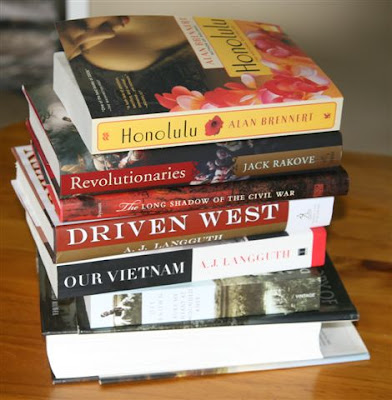We have in our area the funnel-web and redback whose bites can be lethal. The white tail and mouse spiders are not too pleasant either.
But we don't see too many of these on a daily basis.

The black house spider is however quite prevalent. It prefers dry habitat areas and secluded locations and is commonly found in window framing, under eaves, gutters, in brickwork, sheds, car ports and among rocks and bark. Electric lights attract their main food source of moths, flies, mosquitoes and other insects so they tend to congregate on our front and back verandahs as well as in the garage. Their bites can be painful but not lethal.

The St. Andrews Cross spider is also common. This spider with its brown and yellow striped markings is a web-weaver usually found in summer in garden areas around the home. It is considered beneficial as it spins a large web to snare flying insects, such as flies and mosquitoes. They are non toxic and non aggressive. There are a lot of these in the vineyard.
An adult Huntsman spider may have a body length of up to 20 mm. It's the diameter including legs may reach 45 mm. The first 2 pairs of legs are longer than rear two. This spider is hairy, buff to beige brown colour, with dark patches on it's body.

The spider prefers to live under the flaking bark of trees, under flat rocks and under eaves or within roof spaces of buildings.
It often wanders into homes and is found perched on a wall. They are shy, timid spiders able to move sideways at lighting-fast speed. We usually 'relocate' the ones we find inside.
We always have plenty of these around.

































































